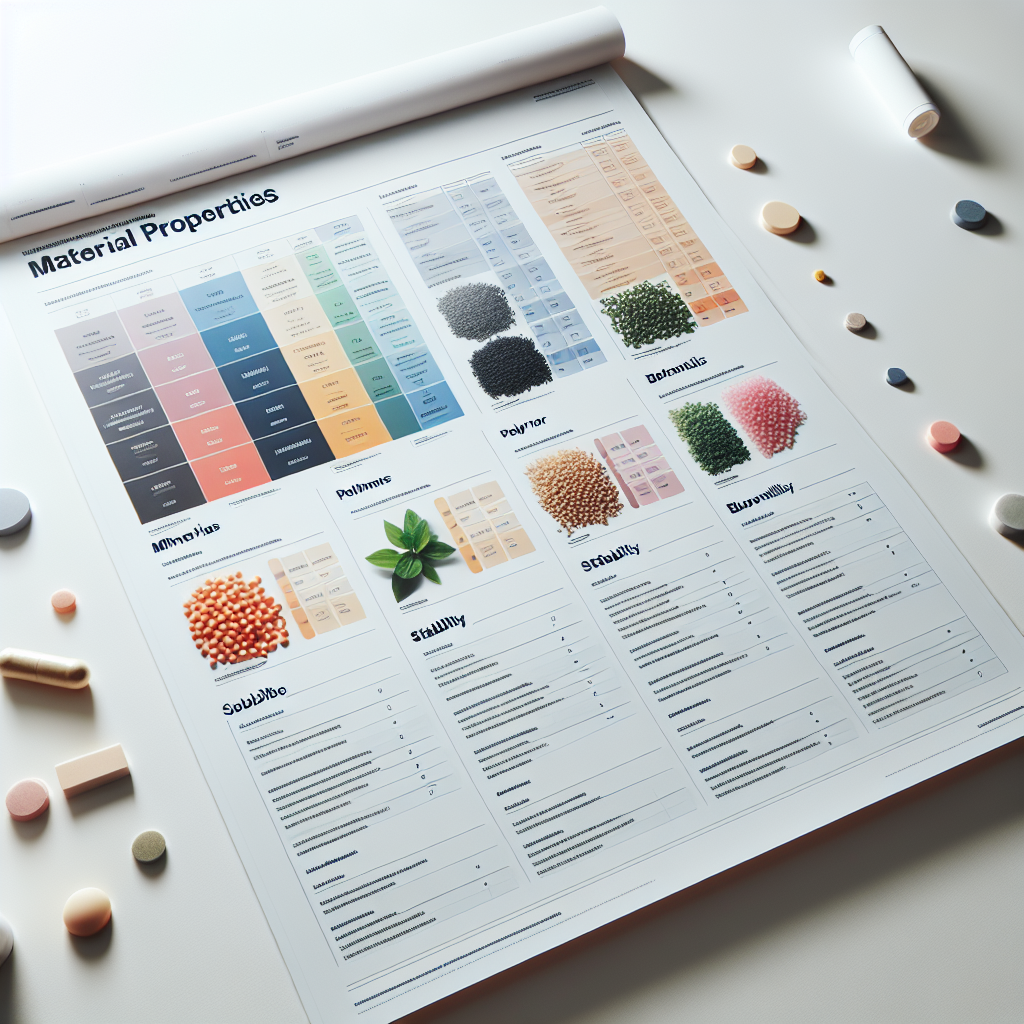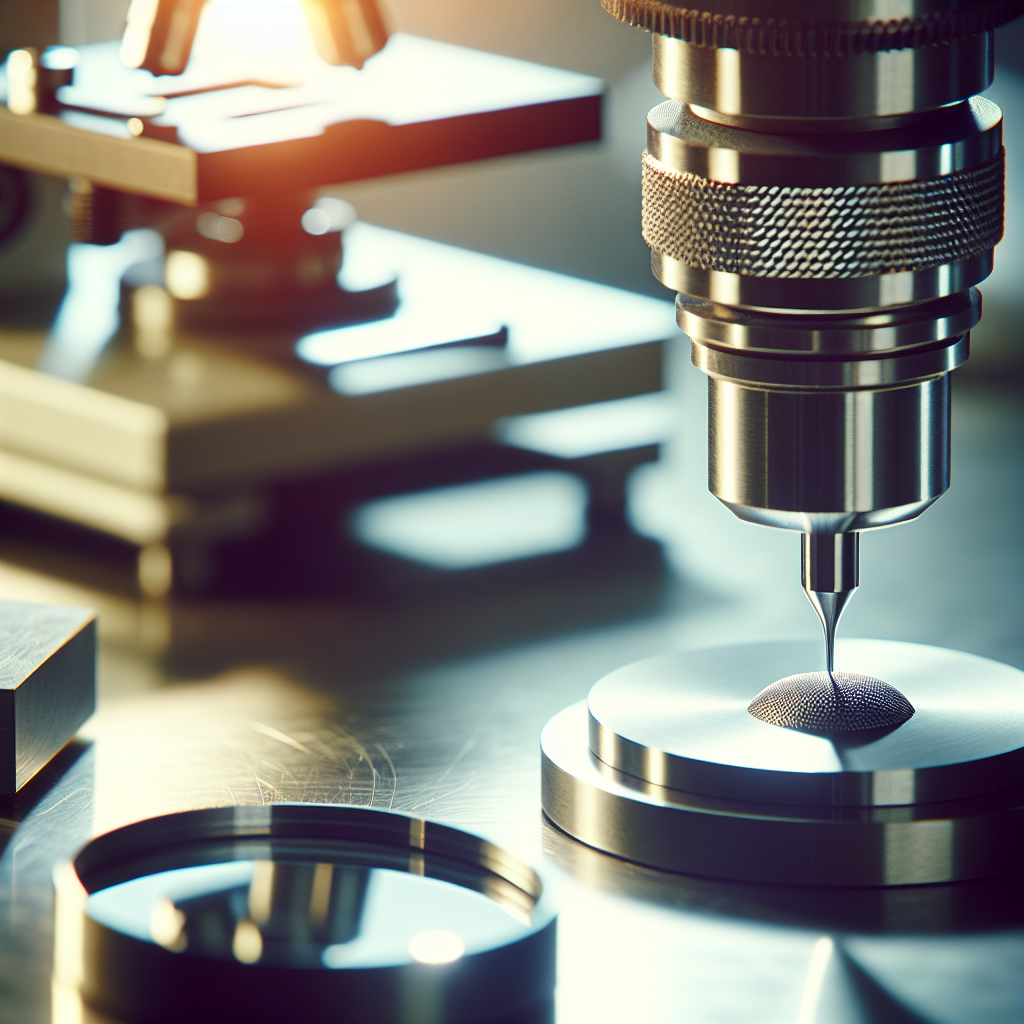In today’s highly competitive supplement manufacturing industry, the difference between a premium product and an average one often lies beneath the surface – in the raw materials used to create it. Raw material characterization, the comprehensive analysis and testing of ingredients before they enter production, has emerged as a critical factor that determines not only product quality but also safety, efficacy, and regulatory compliance.
For supplement manufacturers, pharmaceutical companies, and food producers, the stakes couldn’t be higher. Consumer expectations for quality and transparency continue to rise, while regulatory bodies worldwide implement increasingly stringent standards. In this environment, thorough raw material characterization isn’t just good practice—it’s essential for business survival and growth.
The Foundation of Quality: Understanding Raw Material Characterization
Raw material characterization encompasses a series of analytical techniques and testing methods that identify, verify, and quantify the properties of ingredients. This process provides critical information about purity, composition, structure, and potential contaminants, allowing manufacturers to make informed decisions about material suitability for their specific applications.
The consequences of inadequate characterization can be severe: production delays, batch rejections, product recalls, regulatory penalties, and ultimately, damage to brand reputation. Conversely, comprehensive raw material characterization creates a foundation for consistent quality, improved manufacturing efficiency, and enhanced product performance.
Key Characterization Techniques: The Analytical Toolkit
Modern raw material characterization relies on sophisticated analytical techniques that provide detailed insights into material properties. Let’s examine some of the most valuable methods currently employed across industries:
Scanning Electron Microscopy (SEM)
SEM produces high-resolution images of a material’s surface by scanning it with a focused beam of electrons. This technique reveals critical information about particle size, shape, and distribution—factors that can significantly impact a supplement’s dissolution rate, bioavailability, and overall efficacy. For ingredient manufacturers, SEM helps ensure batch-to-batch consistency and identify potential issues before they affect production.
Energy-Dispersive X-ray Spectroscopy (EDX)
Often paired with SEM, EDX identifies the elemental composition of materials by analyzing the characteristic X-rays emitted when electrons interact with the sample. This technique proves invaluable for detecting contaminants, verifying elemental content in mineral supplements, and confirming the purity of raw materials. EDX allows manufacturers to verify that their ingredients meet label claims for mineral content and are free from harmful elements.
Raman Spectroscopy
Raman spectroscopy analyzes the vibrational modes of molecules by measuring the inelastic scattering of light. This non-destructive technique provides a molecular “fingerprint” that can identify specific compounds, distinguish between polymorphs (different crystal structures of the same substance), and detect counterfeit or adulterated materials. For supplement manufacturers, Raman spectroscopy offers rapid verification of active ingredients without sample preparation.
Fourier Transform Infrared Spectroscopy (FT-IR)
FT-IR measures how a sample absorbs infrared light at different wavelengths, providing detailed information about molecular structure and functional groups. This widely-used technique enables quick identification of organic compounds, detection of contaminants, and verification of material consistency. Supplement manufacturers use FT-IR to confirm the identity of incoming raw materials and ensure they meet specification requirements.
X-ray Fluorescence (XRF)
XRF analysis determines the elemental composition of materials by measuring the fluorescent X-rays emitted when a sample is excited by a primary X-ray source. This technique offers rapid, non-destructive analysis of elements from magnesium to uranium, making it ideal for screening minerals and detecting heavy metal contaminants in nutritional ingredients. XRF provides supplement manufacturers with a powerful tool for quality control and regulatory compliance.
Advanced Analytical Tools: Taking Characterization to the Next Level
Beyond these fundamental techniques, the industry continues to develop more sophisticated analytical tools that provide even deeper insights into raw material properties:
High-Performance Liquid Chromatography (HPLC)
HPLC separates, identifies, and quantifies components in a mixture, offering precise determination of active ingredient concentrations and detection of impurities. For supplement manufacturers, HPLC enables verification of potency claims and ensures batch-to-batch consistency of complex botanical extracts and other bioactive compounds.
Nuclear Magnetic Resonance (NMR) Spectroscopy
NMR provides detailed information about molecular structure, helping identify compounds and determine their purity. This powerful technique can distinguish between closely related compounds and detect subtle structural differences that might affect bioactivity. NMR has become increasingly important for characterizing novel ingredients and verifying the authenticity of natural products.
Mass Spectrometry (MS)
MS identifies compounds based on their mass-to-charge ratio, offering exceptional sensitivity for detecting trace contaminants and characterizing complex mixtures. Often coupled with chromatography techniques, MS provides detailed compositional analysis of supplements, helping manufacturers ensure their products are free from prohibited substances and adulterants.
Thermal Analysis Techniques
Methods such as Differential Scanning Calorimetry (DSC) and Thermogravimetric Analysis (TGA) characterize how materials behave when heated or cooled. These techniques provide crucial information about melting points, phase transitions, thermal stability, and moisture content—factors that can significantly impact a supplement’s shelf life and stability during manufacturing.
Automation and Workflow Software
The integration of automation and sophisticated data management systems has revolutionized raw material characterization. Automated sample preparation, robotic handling systems, and advanced workflow software streamline testing processes, reduce human error, and enable higher throughput. These technologies allow supplement manufacturers to implement more comprehensive testing protocols without sacrificing efficiency.
Cross-Industry Applications: Beyond Supplements
While essential in supplement manufacturing, raw material characterization techniques find applications across diverse industries, each with specific requirements and challenges:
Pharmaceutical Industry
In pharmaceutical manufacturing, where regulatory requirements are exceptionally stringent, raw material characterization forms the cornerstone of quality assurance. Techniques like HPLC, MS, and XRD help ensure active pharmaceutical ingredients meet purity standards and are free from harmful contaminants. The FDA’s emphasis on Quality by Design (QbD) has further elevated the importance of thorough raw material characterization in this sector.
Food Production
Food manufacturers increasingly rely on sophisticated characterization techniques to verify ingredient authenticity, detect adulterants, and ensure nutritional content meets label claims. FT-IR, Raman spectroscopy, and NMR help identify food fraud, while XRF and ICP-MS screen for heavy metals and other contaminants. These methods help food producers maintain quality while meeting regulatory requirements.
Packaging Materials
The performance and safety of packaging materials directly impact product quality and shelf life. Characterization techniques like DSC, TGA, and mechanical testing help manufacturers understand how packaging materials will perform under different conditions and ensure they won’t interact with or contaminate the enclosed products. This is particularly crucial for supplements, where packaging must protect sensitive ingredients from moisture, light, and oxygen.
Electronics and Advanced Materials
In high-tech industries, raw material characterization ensures the performance and reliability of components. SEM, EDX, and X-ray diffraction provide insights into material structure and composition, helping manufacturers maintain quality standards for materials used in everything from semiconductors to aerospace applications.
Biotechnology
In biotechnology, characterization techniques like gel electrophoresis, mass spectrometry, and NMR help analyze proteins, nucleic acids, and other biomolecules. These methods ensure the purity and integrity of materials used in research, diagnostics, and biopharmaceutical production.
The NutraAeon Approach: Elevating Standards in Nutritional Ingredients
At NutraAeon, we understand that comprehensive raw material characterization is not just a technical requirement but a foundation for product excellence. Our philosophy of quality, transparency, and empowerment aligns perfectly with the industry’s growing need for premium-quality raw materials that meet the demands of today’s health-conscious consumers.
NutraAeon’s approach to raw material characterization goes beyond the industry standard, implementing rigorous testing protocols that exceed USP and FDA expectations. Our comprehensive quality control system begins at the source, with careful supplier selection and continues through reception testing, in-process checks, and final verification before any ingredient reaches our customers.
For our amino acid series, vitamin series, and mineral series, we employ a full spectrum of characterization techniques to ensure each ingredient meets strict specifications for identity, purity, potency, and safety. This thorough approach gives our partners confidence that the materials they receive will perform consistently in their formulations and deliver the promised benefits to consumers.
Beyond testing, NutraAeon provides complete documentation, certificates of analysis, and full supply chain visibility from source to delivery. This transparency allows our partners to understand exactly what they’re receiving and how it will perform in their production processes. Our technical expertise and regulatory guidance further empower manufacturers to create exceptional products that stand out in a competitive landscape.
Conclusion: The Path Forward for Quality-Focused Manufacturers
As consumer expectations for supplement quality continue to rise and regulatory requirements become more stringent, thorough raw material characterization will only grow in importance. Manufacturers who invest in comprehensive testing and partner with suppliers committed to quality will gain significant advantages in product consistency, regulatory compliance, and market differentiation.
For forward-thinking supplement manufacturers, the message is clear: what goes into your products determines what you get out of them. By leveraging advanced characterization techniques and partnering with quality-focused suppliers like NutraAeon, you can ensure your raw materials consistently meet the highest standards, providing a solid foundation for product excellence.
The future of supplement manufacturing belongs to those who look beyond the label, using sophisticated raw material characterization to truly understand their ingredients. In this quality-driven landscape, NutraAeon stands ready as a trusted partner, offering not just premium nutritional ingredients but the expertise, transparency, and quality assurance that empowers manufacturers to create exceptional products that earn consumer trust and loyalty.
By embracing thorough raw material characterization and partnering with suppliers who share your commitment to quality, you can transform this technical necessity into a powerful competitive advantage that drives your business forward in an increasingly demanding marketplace.


